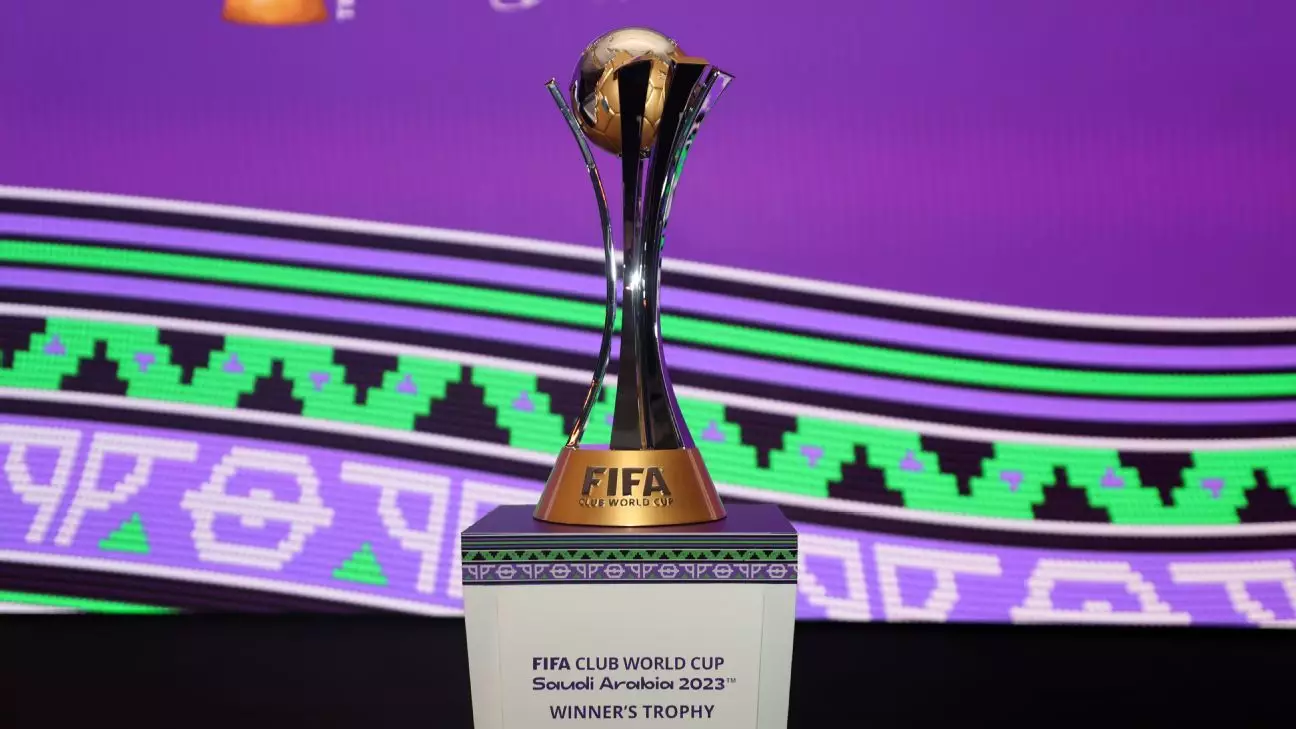FIFA is poised to unveil the venues for the much-anticipated 2025 Club World Cup during the Global Citizen Festival in New York City, a decision announced just before the event. Scheduled to take place from June 15 to July 13, 2025, this tournament will be notable not only for its competitive field but also for its geographical distribution across eight prominent stadiums in the United States. Reports suggest that the iconic Rose Bowl in Pasadena, California, and a collection of high-profile venues including Mercedes-Benz Stadium in Atlanta and Hard Rock Stadium in Miami will play host to the event.
The selection of stadiums reflects a strategic choice by FIFA, aiming to centralize the action primarily on the East Coast. This decision appears to be a calculated move to prevent scheduling conflicts with the 2025 Gold Cup, which will occur concurrently on the West Coast. The inclusion of Lumen Field in Seattle, prompted by the qualification of the Seattle Sounders, adds a twist to the logistics, demonstrating FIFA’s attempts to accommodate local fan bases while maintaining an organized tournament structure.
Despite the excitement brewing around the Club World Cup, there is significant backlash from various soccer stakeholders. Organizations such as FIFPRO and the Professional Footballers’ Association have voiced concerns over the implications of this expanded tournament, particularly regarding the congested schedule that players will face. This expansion to 32 teams, up from the previous format of just seven, elicits questions about player welfare and the facilitation of an already busy soccer calendar.
Critiques are particularly pronounced from the English Premier League, which has raised alarms about the tournament’s timing within a summer window typically reserved for international fixtures. The overlapping schedules may disrupt player recovery periods and national team preparations, potentially compromising the quality of both club and international competitions.
FIFA’s transformative expansion plan for the tournament underscores a broader strategy to increase global interest in soccer. The introduction of 32 teams marks a significant departure from previous formats, as more clubs from diverse regions will now have the opportunity to compete on an international stage. Twelve European clubs, including heavyweights like Real Madrid and Manchester City, will represent UEFA, while other confederations will also send their best teams, including six from CONMEBOL, four from AFC and CAF, and an additional spot for the host nation.
This broader representation taps into a growing demand for global soccer engagement, positioning the Club World Cup uniquely in the international sports calendar. The enhanced format promises a festival of soccer that not only showcases the best clubs but also elevates the tournament’s status as a marquee event in the global sports sphere.
The upcoming 2025 Club World Cup encapsulates a complex interplay of opportunity and challenge within the realm of global soccer. While the excitement surrounding the tournament builds, so does scrutiny regarding its structure and timing. FIFA’s ambitious plans reflect an evolution in the sport, one marked by increased competitiveness and a desire for inclusivity. How the governing body navigates the obstacles ahead will ultimately shape the legacy of this groundbreaking tournament.

